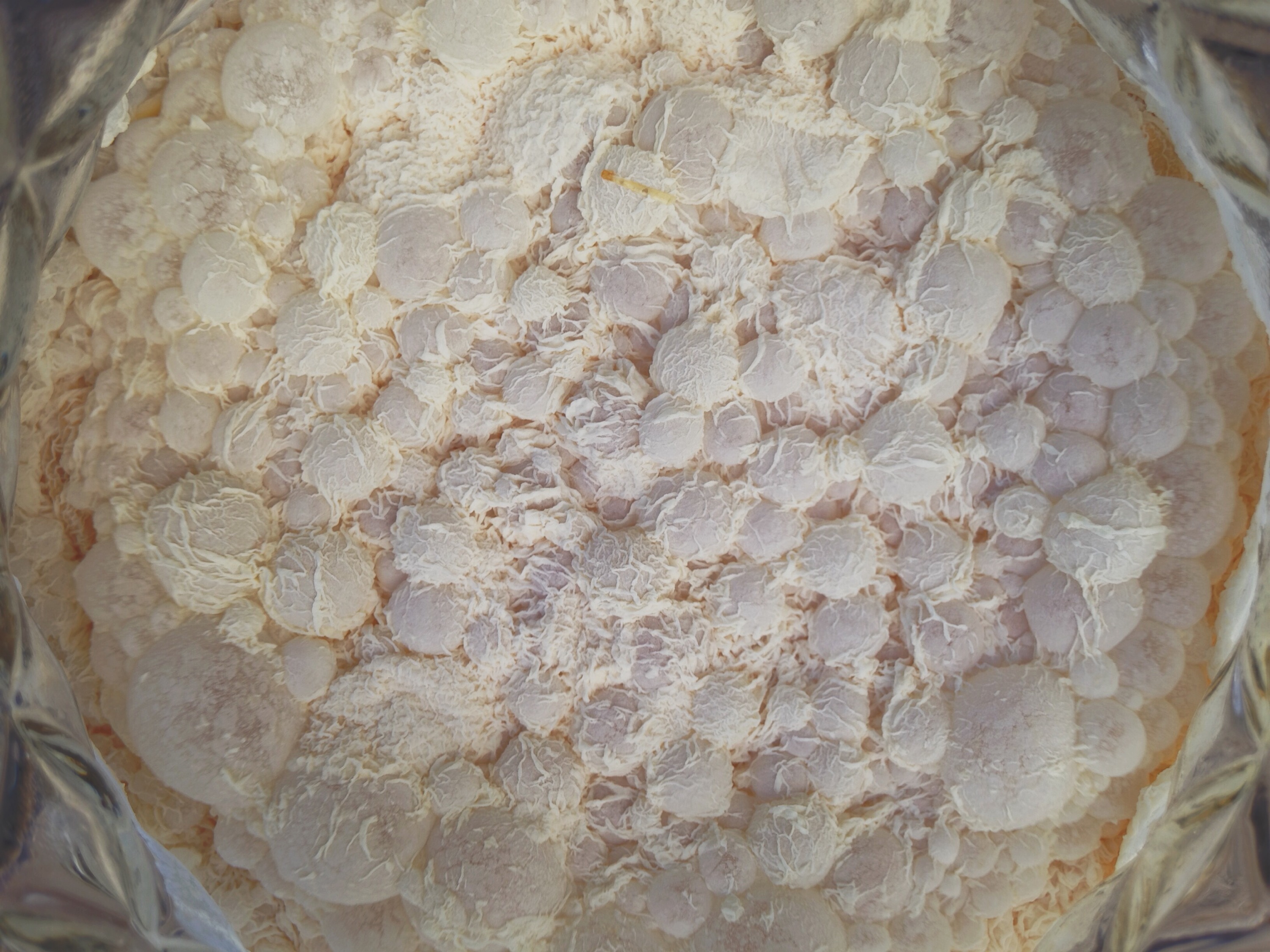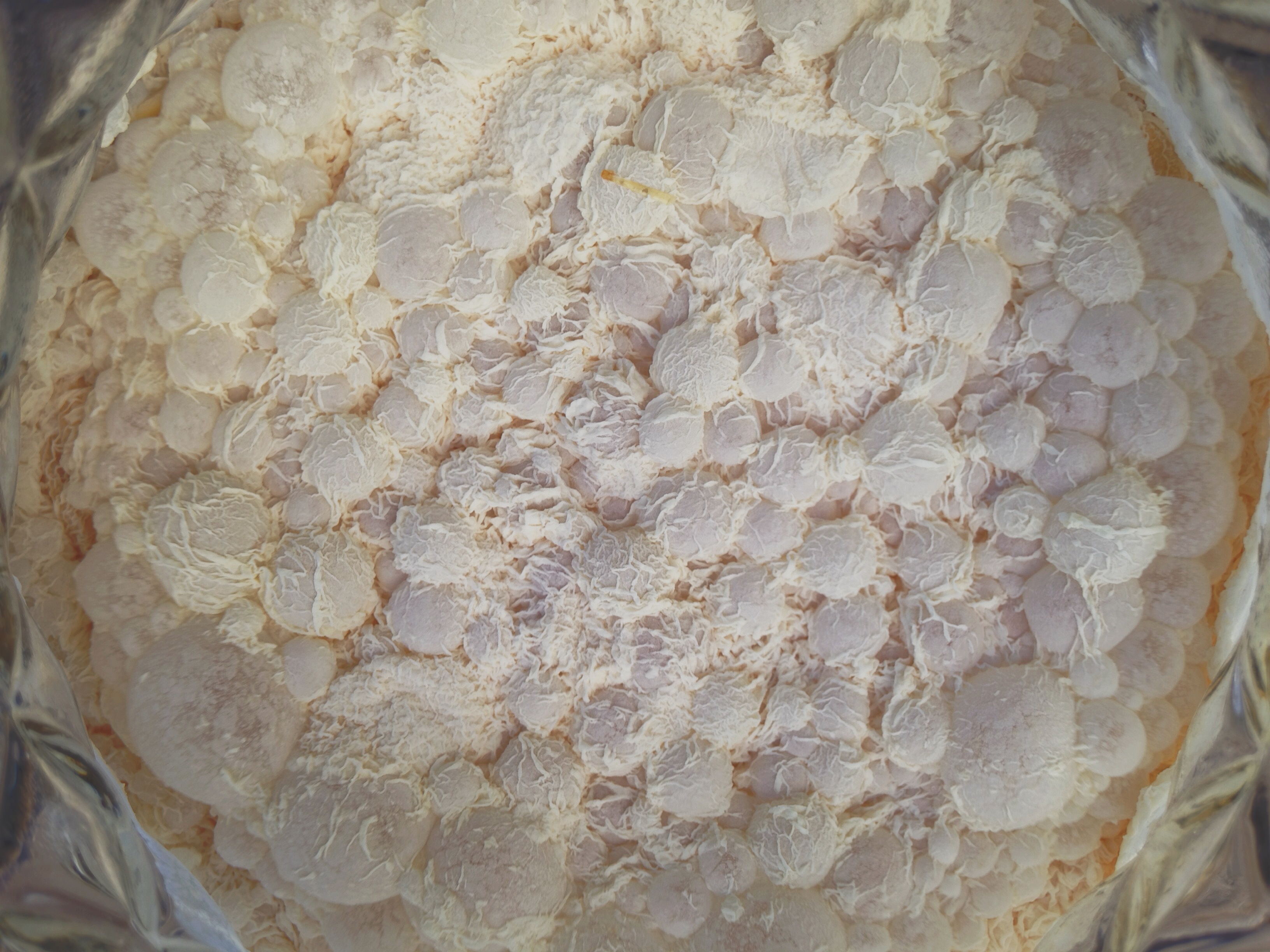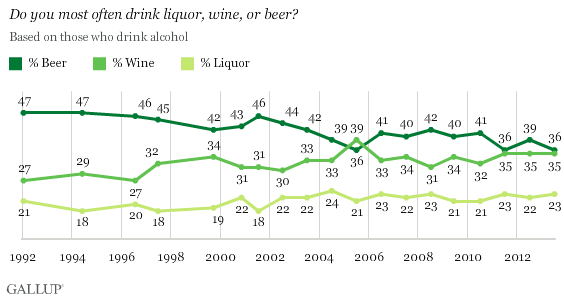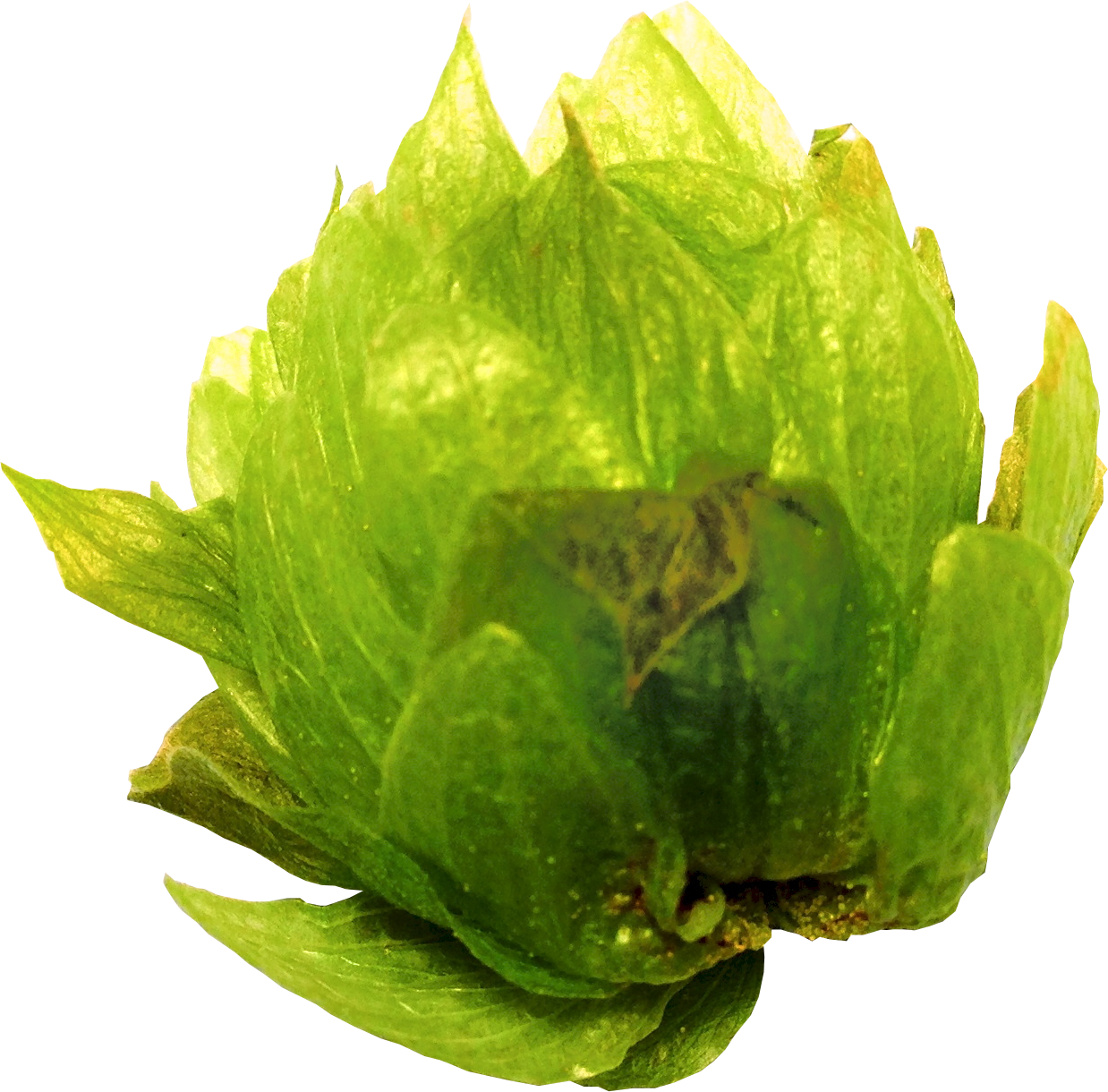If you have not, read part 1 first, as this will give you a primer on how I cultured wild lactobacillus. WARNING: another long-winded post on things that you probably don’t care about unless you are a nerd like me!

After nearly a week of letting my lactobacillus starter sit outside, the pellicle inside was huge and it smelled like lemon yogurt. I finally brewed the beer. The plan was for this to be a sour saison. I added some rye malt as well, to ensure that there’s a more complex malt character and so that this doesn’t turn too thin and weird if the lactobacillus I cultured sucks.
At this point, you have a couple of options on how you can add the lactobacillus: (more…)

If you’re anything like me, then when you do something for the first time, you like to make it as complicated as possible. Case in point: making a sour beer.
Sour beers get sour by adding bacteria that converts sugars into various acids. Lactic acid is most common in sour beers, providing a clean, lemony taste. However other acids that could be found include malic acid; which tastes like sour apples, acetic acid; which is basically vinegar, and butyric acid; which is similar in aroma to bile. The bacterias and wild yeasts that create these acids (namely lactobacillus, pediococcus, sherry flor, and brettanomyces) can very easily be purchased by a number of yeast labs. But I thought it would be more fun to culture my own lactobacillus.
WARNING: long-winded, microbiology filled post!
Lactobacillus (henceforth known by it’s more common street name: lacto) can be found virtually everywhere, including inside the human body. Lacto is also what’s used to sour milk into yogurt. In fact, I’ve read that you can even use yogurt as a lacto starter to add directly to beer. I decided instead to use a more practical source: malted barley. (more…)
We started using an enzyme in all of our beers before the end of last year and are now prepared to announce a significant breakthrough for gluten intolerant people. Because we love you and want you all to be happy, our beers are now SIGNIFICANTLY gluten reduced. Legally, we can never claim our beers to be gluten free because any product, according to the FDA, that once contained gluten can never be claimed as gluten free. However, the FDA threshold for gluten free is 20 ppm; our beers should fall in around the 10 ppm range. Celiac sufferers need not abstain any longer. Relax and have a beer.
This is huge for those with gluten intolerance. Searching for gluten free beers is not easy, and many of the beers are lackluster (though I personally prefer either Dogfish Head’s Tweason’ale, or Las Vegas locals, Joseph James Brewing Company’s Fox Tail; which happens to be the first canned gluten free beer). Alpine is known for having incredible beers, and having all of them available to those who are gluten intolerant awesome. Click the above quote for the remainder of the press release.
I believe that the enzyme that Alpine is using is likely Clarity Ferm, made by White Labs. This enzyme was released last year, and its primary purpose is to reduce chill haze in a beer. As an added bonus, it reduces the gluten content in a beer. When I first heard of this enzyme a year ago, I wondered if/why a brewery wouldn’t just add it to all of their beers. Chill haze is something that no brewer wants to have, and why wouldn’t they want to make their beers available to those with gluten intolerance? If you clicked the link over to White Labs, you would’ve noticed that the TTB has interim guidelines for beers made with Clarity Ferm in what is allowed to be on the label. As Alpine mentioned in their press release, the term “gluten free” is not allowed since it was originally produced with gluten. It will be interesting to see if the use of this enzyme expands further.
 A properly aged beer is something that cannot be recreated without the hard work of actually being patient and waiting it out. It is incredible to taste the differences in a beer even just a year later. So, without further ado…
A properly aged beer is something that cannot be recreated without the hard work of actually being patient and waiting it out. It is incredible to taste the differences in a beer even just a year later. So, without further ado…
First of all, there are no rules. There are only suggestions, or even just hypotheses. The fact is, the exact same chemical changes happen within every bottle of beer as time progresses. Depending on some specific factors (alcohol content, hop content, beer style, etc) this chemical change can be called spoilage in one beer, or maturation in another. This is why guidelines exist for aging beers. Certain guidelines are generally true for most beers, some are not. The real truth, however, is that we all taste and perceive flavor differently. This is the biggest reason why aging rules vary so much. The effects of aging a beer are nearly always the same, but whether the effects are something that you want is another factor. That said, here are some things to consider: (more…)
2013 was a great year for us and we want to thank you all for continuing to read and share our articles, tagging your photos #hookedonhops, and saying hello to us when we are out at a bar or festival. We appreciate all of it, and we are excited for what’s to come in 2014!
In the meantime, I have compiled the articles and topics that were the most popular over the past year. Enjoy! (more…)
Part 3 of my “Tasting Beer” series. The first two posts are here and here.
Thing one: wine-ification is a terrible word. Thing two: I’m pretty sure my first exposure to wine was out of a box, so it took a while before I understood the idea of wine being fancy. That is not to say that beer ever had a “fancy persona” in my mind either, but I guess that’s kind of the point to all of this.
Lately, thanks to the rapid growth of craft beer in America, there has been an increase in restaurants that feature craft beer, and programs like Cicerone have been getting more attention. This is of course is when the opinions start to come out about craft beer’s role, and often times, it is compared to wine. The New York Times had an article associating beer bottle sizes with “wine-ification,” Food & Wine compared beer glassware and food pairing with snobbery, and NPR recently discussed Cicerones.
(more…)
I mentioned before in part 1 that statistically when wine is blind tasted, interesting things happen. For a full explanation, read here, but I want to highlight two specific examples:
– The same wine, judged by the same judges, received varied scores when judged blind multiple times
– The same wine was presented to the same set of judges twice, but with two different labels. One label was for a standard table wine, and the other for a pricer grand cru. When judged as a table wine, descriptors were “weak, light and flat” compared to “complex, balanced, long and woody” when judged as a grand cru.
To an extent, I believe that the same can be true of beer as well, but it also depends on the situation. (more…)
A three part article regarding the drinking of beer for pleasure and how our opinions of beer are often influenced by external forces.
Jeff Alworth of Beervana recently discussed on his site the extrinsic factors that influence the price of a bottle of beer. He uses the example the graffiti artist Banksy selling original artwork without his name attached and only getting 1/500th of their actual value.
It’s not true for every beer in the grocery store, but when you start looking at bombers and special releases, you see that breweries are getting a lot more than the intrinsic value of the beverage–which is often no more than the value of the regular sixer of craft beer. Like a Banksy canvas, that label means a whole lot to the consumer.
(more…)
The Atlantic posted an interesting article today questioning the decline of beer. The primary source for this data is from a Gallup poll that has measured for the past two decades the drinking preferences of consumers. The below graph is one of several in the article showing that wine and liquor are making gains towards beer as the preferred alcoholic drink of choice.

…why [would] Americans would turn against light beer, which dominates the market. For that, we need another explanation …
(more…)

As craft beer becomes more prevalent, so does its most popular ingredient, the hop. Many people recognize the hop as the truly differential factor between craft beer and the more common light American lagers. But what does it mean to describe a beer as ‘hoppy?’ Hoppy is often used as a synonym for the word ‘bitter,’ but there are plenty of beers that use loads of hops and don’t taste the least bit bitter. So, does ‘hoppy’ even mean anything at all? First, it’s important to know what the purpose of hops are in a beer.
(more…)




